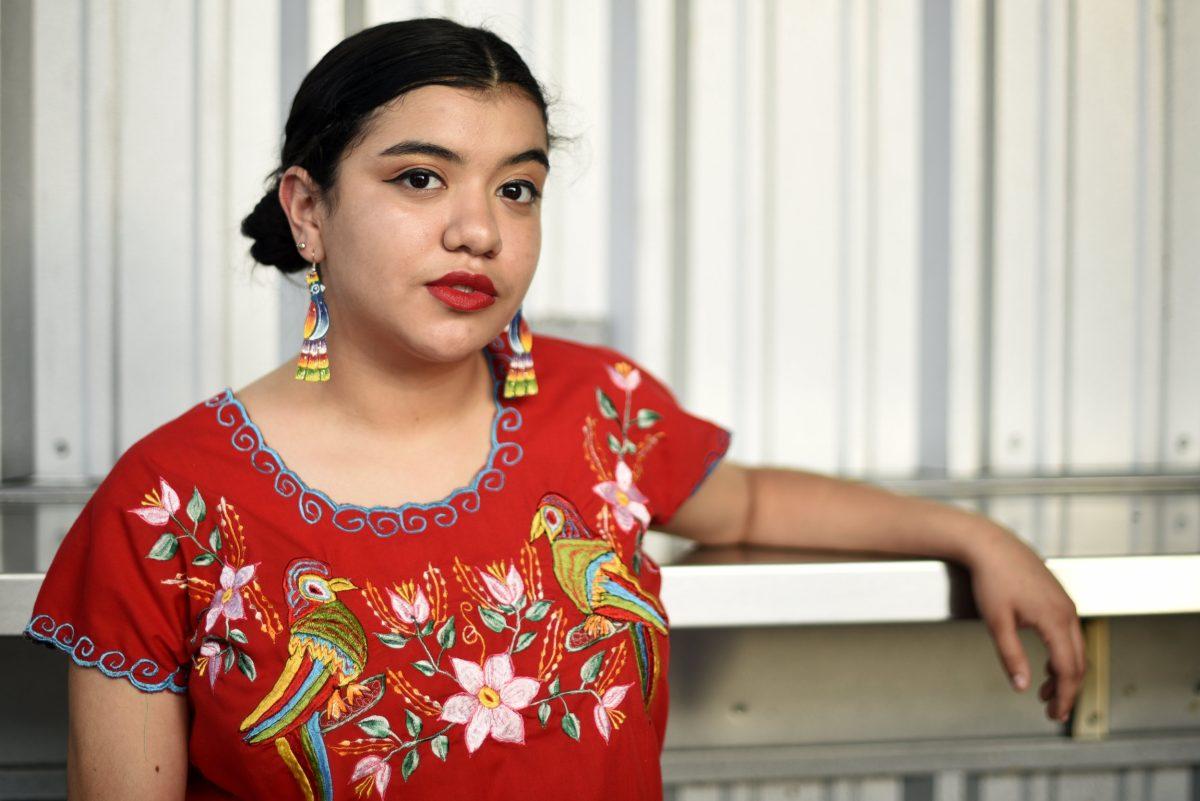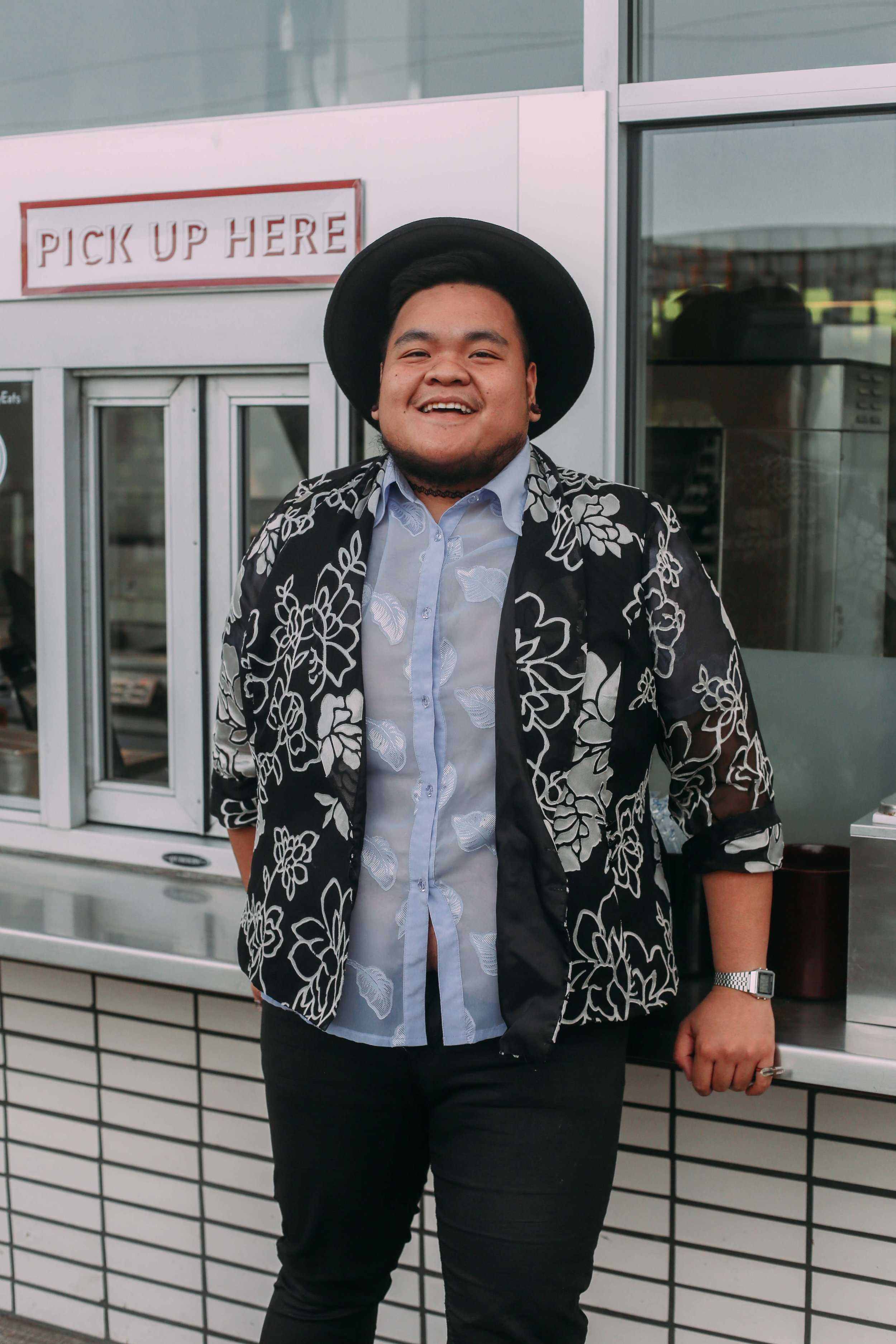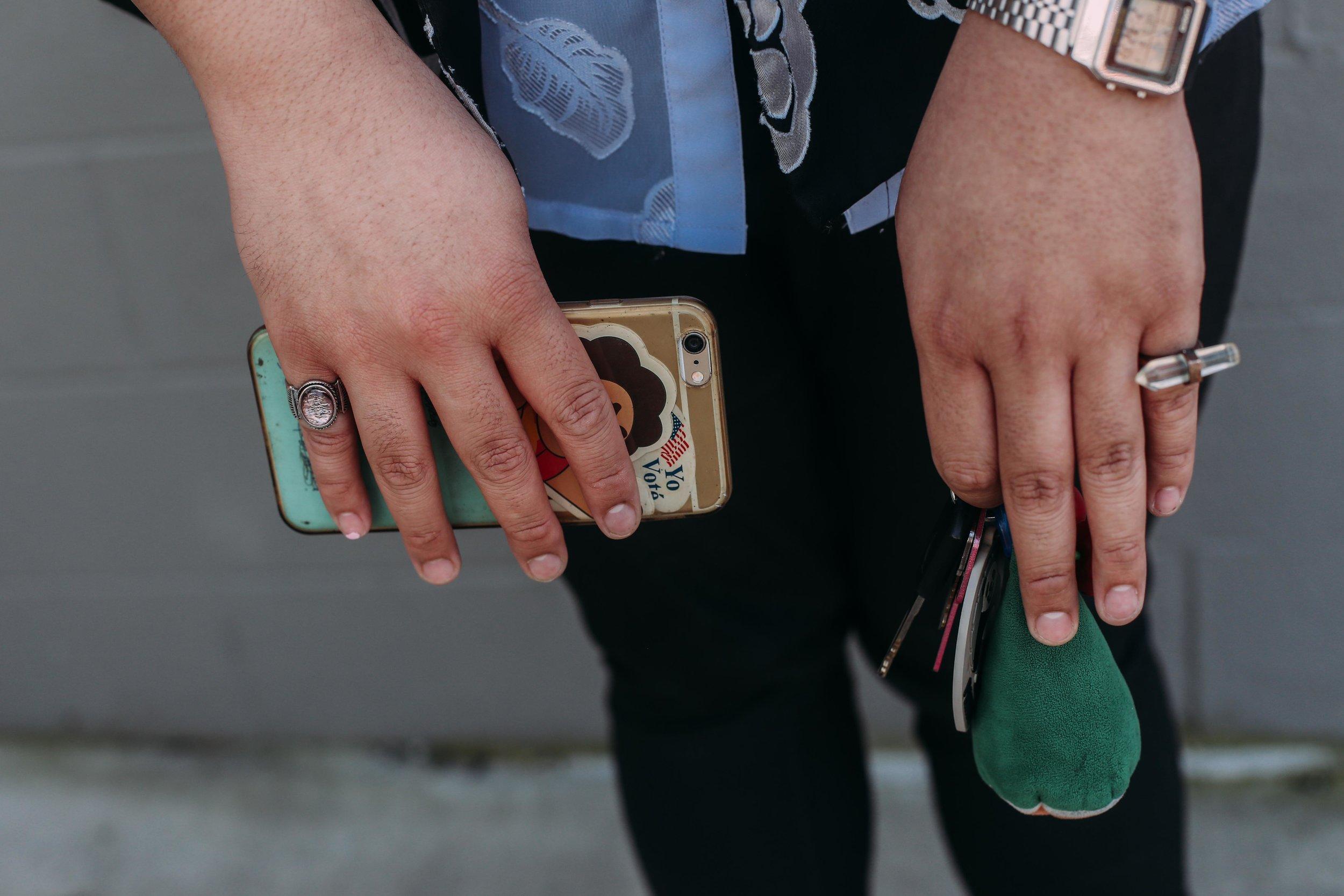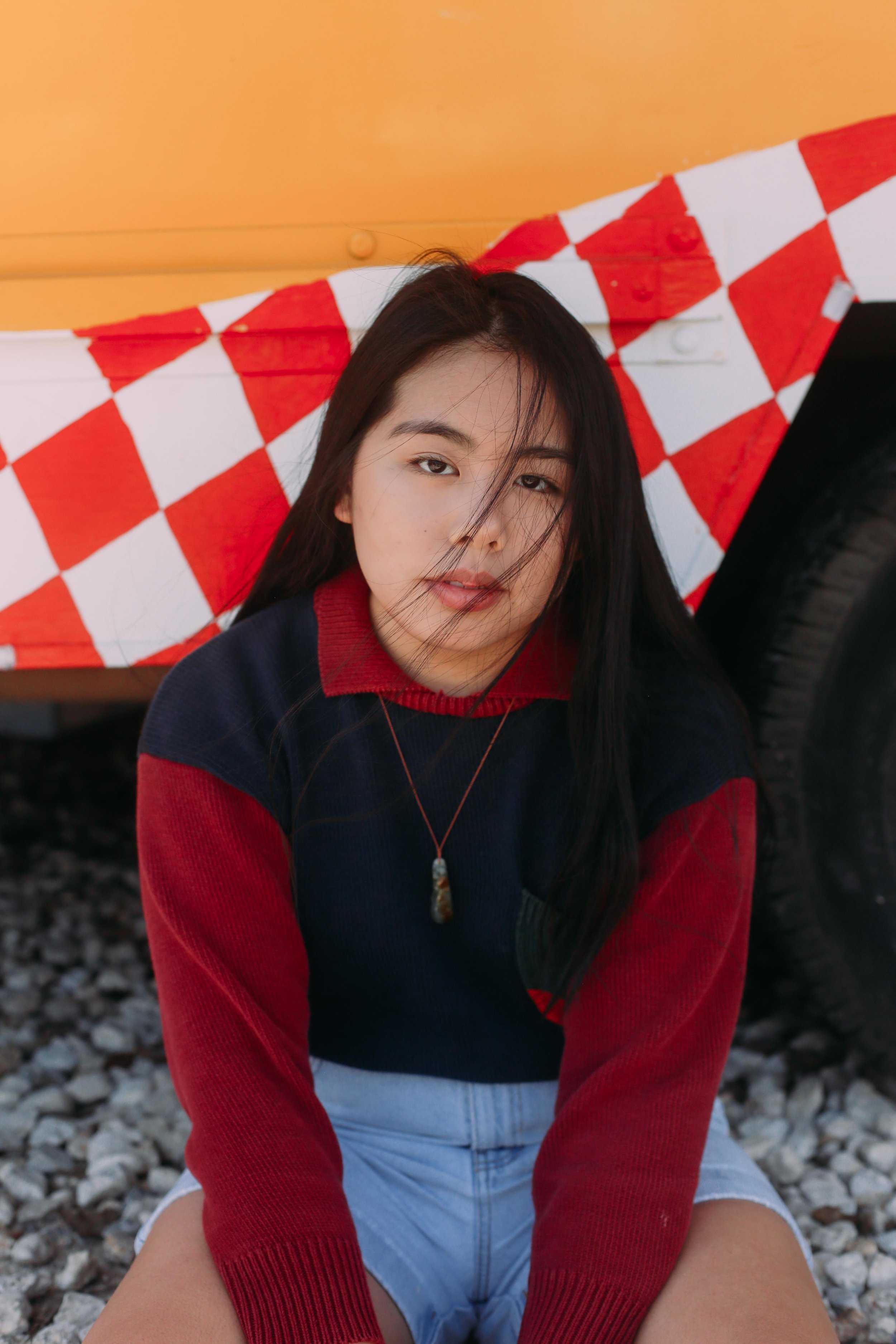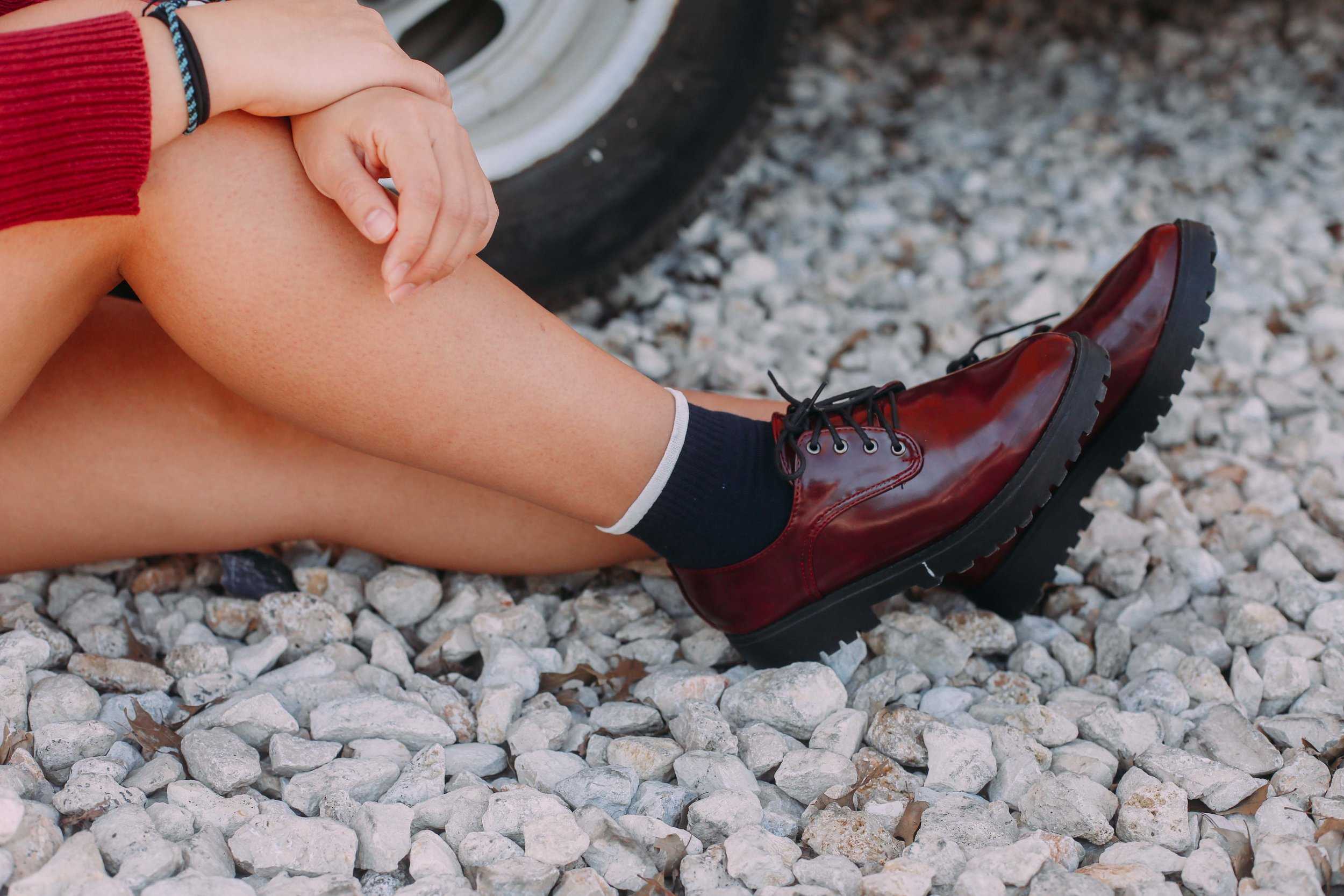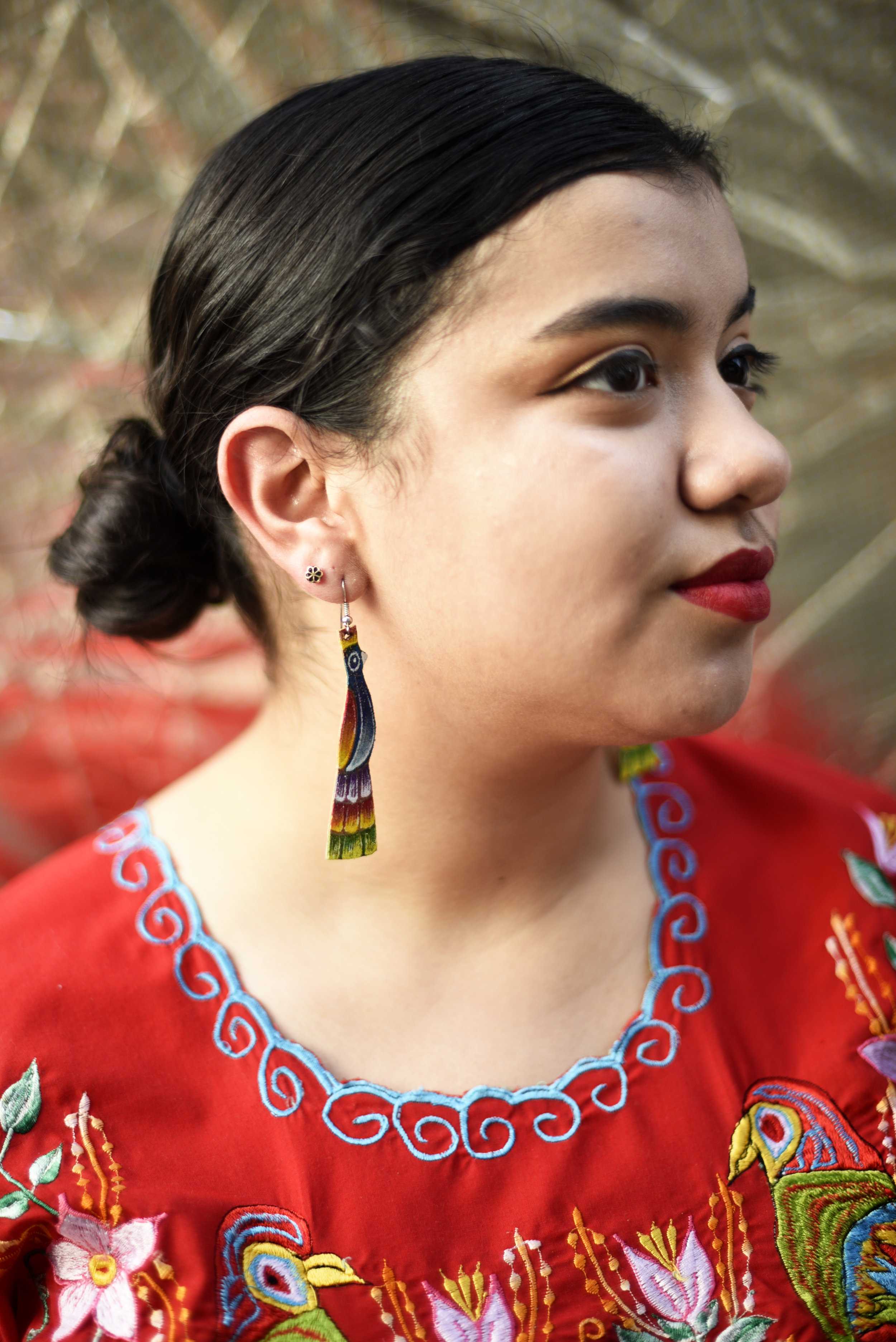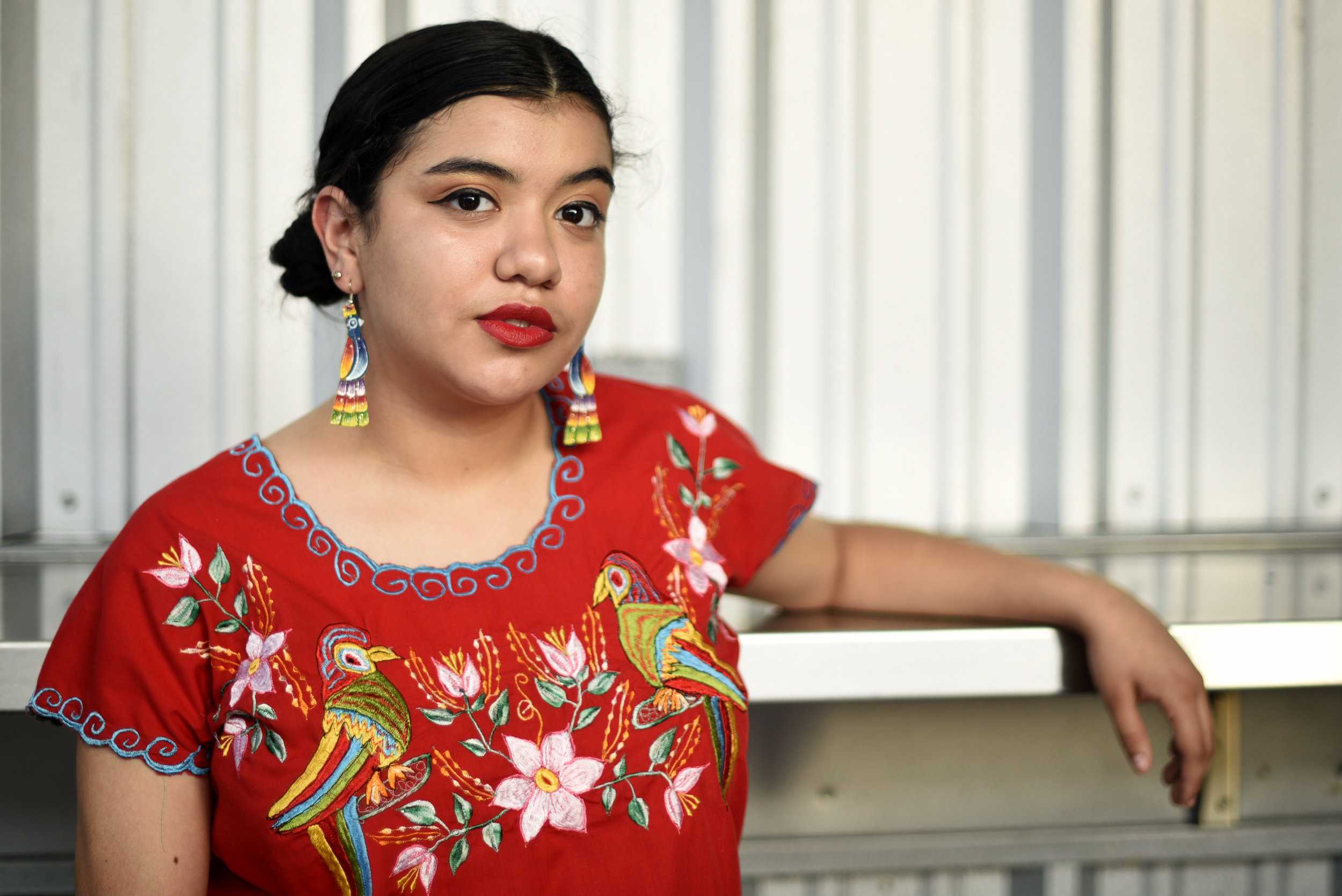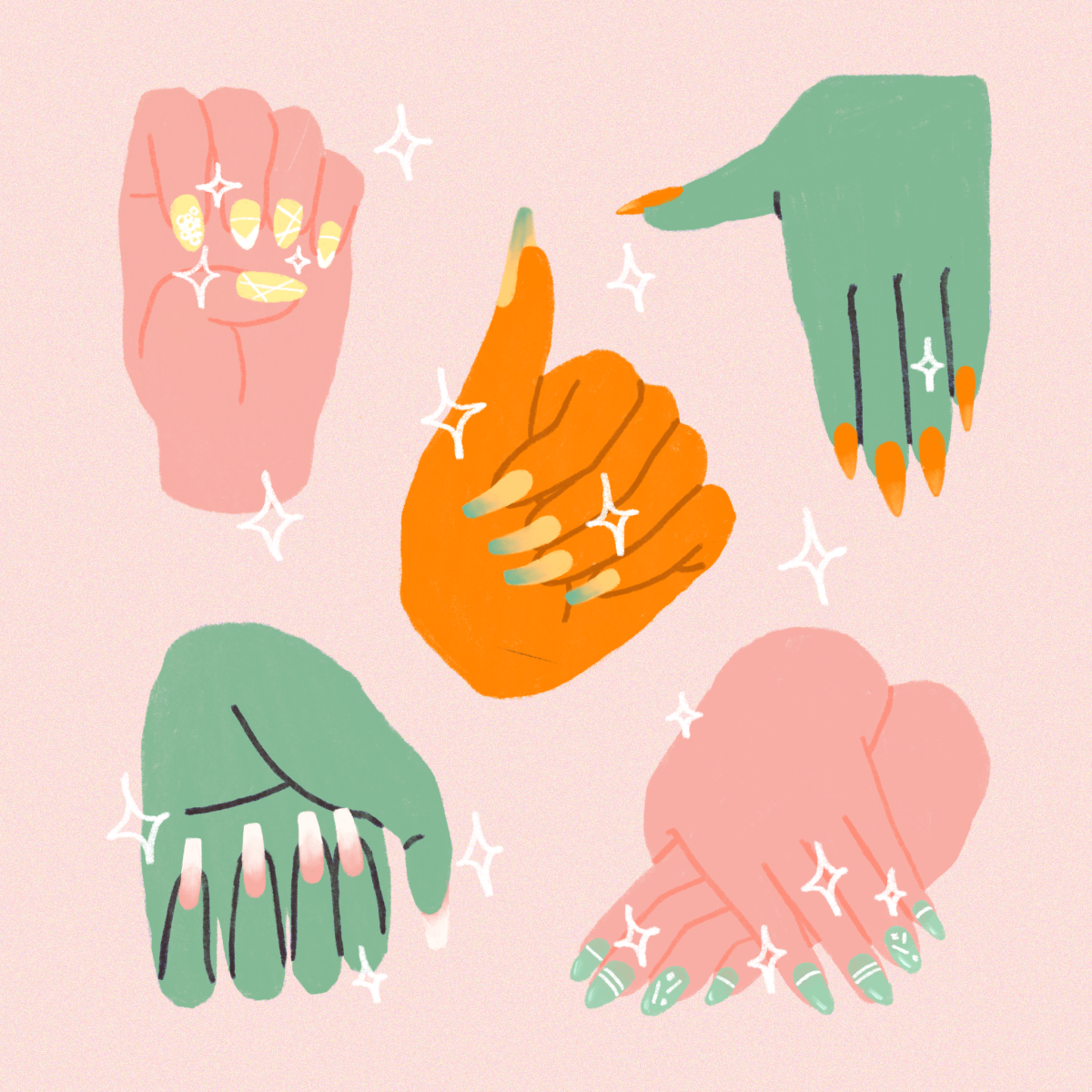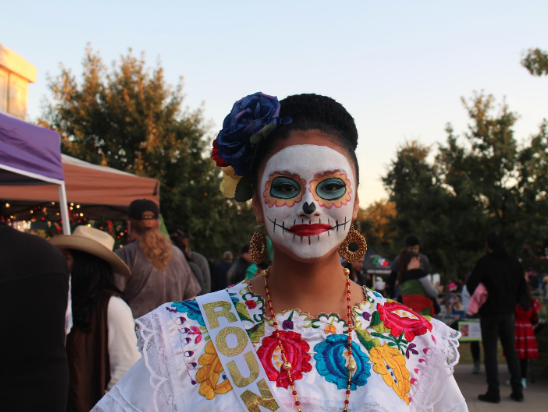Diaspora is a movement, a scattering of people, who originate from other geographic regions. As the daughter of Indian immigrants, I have experienced the all-too-familiar diaspora struggle of balancing two cultures and two worlds simultaneously. A world that is public and ubiquitous and harsh, and one that is familiar, unknown and misrepresented.
Story by Rachana Jadala
Photos by Maya Coplin and Rohan Mirch
Many children of the diaspora go through a phase in which they attempt to assimilate, before realizing that they will never be just an “American,” because that would mean being rejecting the personal and cultural history that created them. Upon this realization, they may attempt to create connections with their culture through food, language, style and more.
Style can be an important marker because it is a visible rejection of assimilation. “I feel like I have a small relationship [with traditional Filipino clothing] because it is hard to be part of the diaspora, it is hard to hold on to two different identities,” says Phillip Oh, a fourth-year international relations major.
Pictured above: Phillip Oh.
Children of immigrants lack the same relationship their parents have to the culture of their homeland. They do not have that first-hand experience, or a childhood spent in India, Mexico, the Philippines, or Taiwan.
“I have an indigenous middle name and am brown, so my style is another way to show that I am proud of that,” first-year civil engineering major Dahlia Lopez says. “I don’t wear something like this everyday, but I hint at it.”
With a thriving Indian community in Austin, there have always been occasions for me to wear the traditional silk dresses, or “pattu langas,” of South India and to watch my mom wrap herself in an intricate sari/cheera. Many others also carry these memories of being enchanted by their parents’ unique fashions as children.
Oh wears tops inspired by Filipino “barong tagalong,” which are traditional garments for weddings and special occasions. “My mom always wore blouses that had really big patterns,” Oh says. “I am particularly inspired by big floral-looking pattern because I am from the Phillipines. Everything there is big and tropical.”
Pictured above: Kimberly Hsun.
Fashion is a personal statement, one that is a mix of both the past and the present. Using inspiration from parents and cultural heritage, while also adhering to more modern fashion trends seems to be a common theme among children of the diaspora. “I think most Asian countries, including Taiwan, prefer boxy cuts, especially in their street clothes,”first-year business major Kimberly Hsun says. “I think I also prefer modest cuts. Culturally, we do not show that much skin, and I think I have inherited that preference. Makeup is also pretty natural. My mom basically only wears foundation and lipstick, which also really got me into lipstick.”
Wearing the clothes of my people is a reminder of the place my parents call home and allows me to fully embrace being an Indian woman. Day to day, I wear a necklace with the Telugu letter “ర” (pronounced “ra”), which is the first letter of my name, and my anklets from India. Jewelry and other subtler accessories can be used as personal mementos and reminders too. Many of my Indian clothes and accessories are gifts from my relatives and parents. Lopez shares this experience. “Usually most of my traditional Mexican clothes, I never really go buy them,” Lopez says. “They are gifts from my grandma.”.
Pictured above: Dahlia Lopez.
There are reasons that some purposefully reject the style and beauty standards of the country of one’s origin. “The one thing I hate is the beauty standards that come with Asia, like thinness, lighter skin, small feet,” Hsun says. “I do not like any of that stuff, but I really enjoy the fashion. I could not physically fit into a lot of the clothes in Taiwan, there was not a lot of leeway.” Although America comes with its own toxic expectations and ideals, it is important to note that no culture is beyond critique, and that being part of a diaspora is not always a positive experience.
For many, style serves an important function, forging a lasting connection to one’s heritage and culture. “One of the main ways I connect is through my style,” Lopez says. “The other biggest one is language. I have been making a bigger effort to speak in Spanish recently and take that back. I also do it through dance. I wear it in my name, I literally have an Aztec name, my sisters have indigenous names. I do not shy away from that.”
Being part of a diaspora is a confusing experience, and style is just one other way to explore identity and personality. “Sometimes when you’re an immigrant, your parents can push you to assimilate because they think it will be best for you and what you need to get the American dream,” Oh says. “But my dreams will always be Filipino, which means through connecting through language, clothing, food, or any of the small ways that bring me closer to home. Because just like me, my fashion will never be exclusively Filipino or exclusively American. And it took awhile for me to realize that my hybrid identity is more than valid and instead of pushing away and trying to accept one more than the other, having both means being authentic to myself.”































